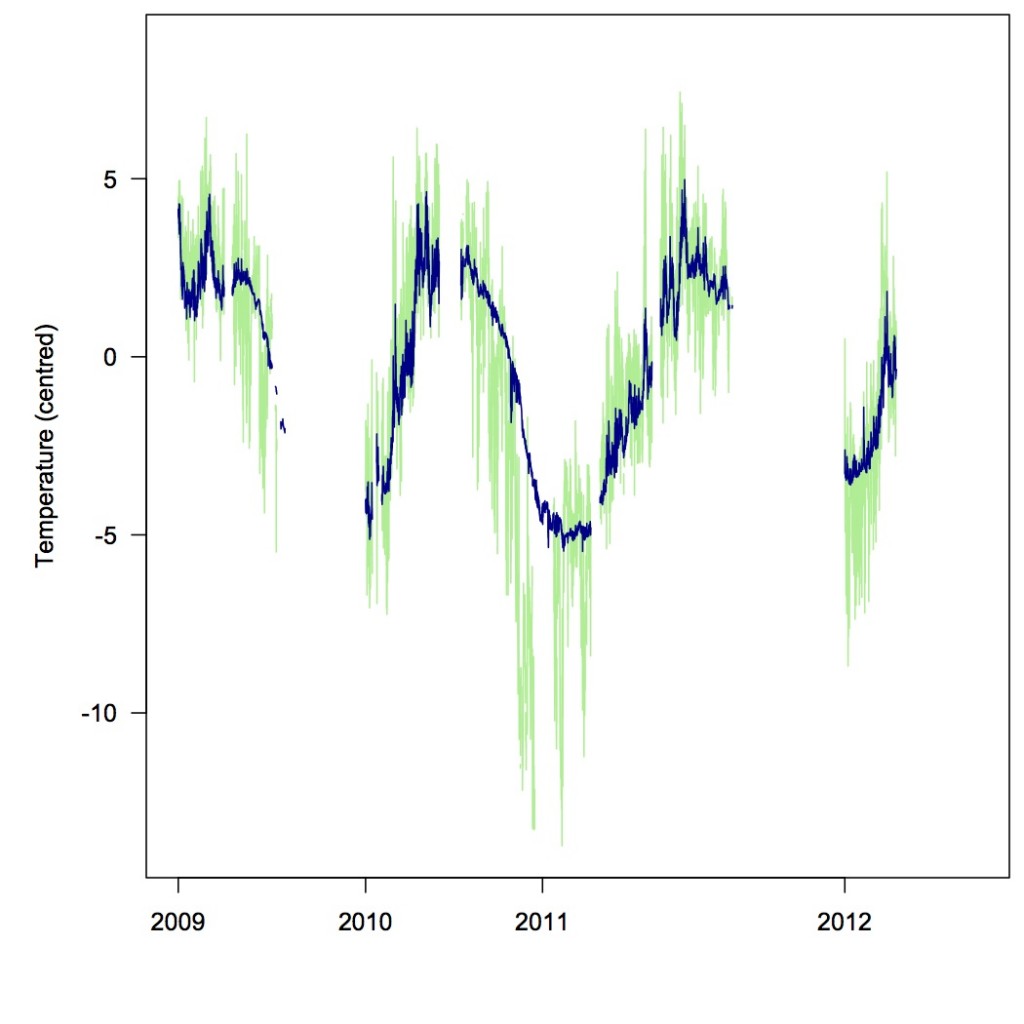I can’t remember the details of the first scientific conference I ever went to - not even its name - but I know it was on marine conservation, in Cardiff, and that a couple of us undergrads had made the trek from Norwich with little idea what to expect. The keynote speaker was Bill Ballantine, some of whose work on Marine Protected Areas (MPAs) in New Zealand I’d read as research for an essay. I remember no details of his talk, other than it adding to my general opinion of MPAs as a Good Thing; more memorable was his (grumpy, admirable) single word response - “No” - to a lengthy question from the floor. Anyway, this came back to me recently when I saw a new paper from Ballantine, giving a 50 year New Zealand perspective on MPAs. In particular, he suggests that the struggle to convince people of the worth of MPAs elsewhere could be greatly reduced by using New Zealand’s long (and ultimately successful) experiment as an exemplar. As it happens, another eminent MPA researcher, Timothy McLanahan, has also just published an analysis of the effectiveness of Kenyan MPAs based on data going back almost as far. These long-term perspectives give some context to the latest marine planning developments in the UK, where we are slowly (too slowly according to many voiciferous campaigners, not least Hugh Fearnley-Whittingstall, whose latest Fish Fight aired last week) progressing towards a network of marine conservation zones (MCZs). Campaigners disagree with other marine stakeholders over how much evidence is needed in order to establish these MCZs, and tempers can get rather frayed (not helped by the use of the word ‘Fight’ in the campaign; see my post from last year) - although there has been a certain rapprochment over the last year (this fishing industry view, for example, seems quite conciliatory to me and is hardly ‘anti conservation’).
So any evidence about the effectiveness of MPAs is to be welcomed, and a new study by Graham Edgar and colleagues published recently in Nature provides the most comprehensive review to date. Let me say at the outset that this is an enormously impressive piece of work: the team surveyed almost a thousand reefs from 87 MPAs and another thousand or so non-protected sites, from 40 countries around the world, using a standard methodology, their coverage allowing systematic comparisons of protected and non-protected areas using neat statistical methods. Their decision to concentrate on reefs, and on reef fish in particular, was both sensible - in that most MPAs are on reef systems, and reef fish are especially well studied - and necessary in order for the study to be feasible. It seems almost churlish to note that the 8000 or so reef fish species constitute 3-4% of described marine species, and perhaps just 1% of all marine species; but it is important that we bear this in mind when interpreting their conclusions: we have far less quantitative data on the effectiveness of MPAs for the groups constituting the majority of marine biodiversity.
Nevertheless, the scope of this study was broad enough that certain generalisations emerged. In particular, the authors were able to identify five factors that are key to the conservation success of an MPA. (“Success” here is defined using various measures including numbers of all fish species, numbers of species in key groups such as sharks, biomass of all fish, and of large fish.) These factors they term NEOLI, for No take (no fishing allowed), Enforced (effective enforcement of regulations), Old (long-established), Large (in terms of the area protected), and Isolated (separated from similar habitat by an extent of deep water or sandy substrate). They found that MPAs possessing four or five of these attributes score markedly higher than non-protected areas, particularly for total fish biomass, large fish biomass, and shark biomass. But MPAs with one or two NEOLI characteristics only were ecologically indistinguishable from unprotected sites.
And here’s where the mixed messages begin, in terms of the effectiveness of MPAs as a conservation strategy. First, across their entire dataset only four MPAs had all five NEOLI characteristics. Just five more had four characteristics. In other words, although MPAs can be very effective at achieving conservation objectives for reef fish, hardly any actually are. And as the authors say, “The low proportion of MPAs possessing four or five NEOLI features (10%), and thus regarded here as effective, probably overstates the true proportion of effective MPAs worldwide. Our survey strategy deliberately targeted well-known and well-regarded MPAs, with most large and long-established MPAs included in this study.” This is sobering indeed.
But the second mixed message is rather more subtle. Many proponents of MPAs talk them up as ‘win-win’. That is, MPAs are good for both conservation and for fisheries, largely because fish populations can build up within a reserve and then ‘spill over’ to the surrounding area, where they can be fished. This is certainly an argument I've made in the past. Yet the ‘I’ of NEOLI stands for Isolation, precisely because Isolation avoids spillover, so that protected fish stay within the MPA - in other words, an Isolated MPA specifically excludes the “presence of continuous habitat allowing unconstrained movement of fish across MPA boundaries”, which is exactly what MPAs are supposed to deliver to surrounding fisheries. Thus, one of the major contributors to the success of an MPA in conservation terms, is that it does not benefit fisheries.
This is, I think, extremely pertinent to the current debate within the UK, where conservation outcomes of MPAs are often conflated with other potential outcomes. The danger here is that we end up with reserves that are suboptimal for all objectives. As in all conservation initiatives, it is much better to have specific, measurable objectives defined at the outset, so that the effectiveness of any intervention can be properly assessed. Scientific evidence has a key role in this planning process, and - frustrating as it feels - this can take time. Isn’t it worth taking just a bit more time now, to ensure our seas are properly - and effectively - protected for future generations?


